Our Top Choice: JM Bullion
JM Bullion won Bullion Dealer of the Year in both the e-commerce and numismatics categories, solidifying its reputation as a top online dealer. JM Bullion is a go-to source for low pricing and fast, insured delivery.
For investors wanting an easy and secure online buying experience, JM Bullion stands out as a leader in the space. Their combination of transparent pricing, deep inventory, and strong customer service ensures buyers invest with confidence.
Highly Recommended in Class
The following national precious metals dealers are also highly recommended for buying/selling numismatics and collectible coins:
What to Look for When Buying Numismatics and Collectibles
Buying numismatic coins is a world apart from stacking bullion. While bullion investors focus on metal content, numismatists look at rarity, historical significance, and collector demand.
But with this specialized market comes risks—overpriced modern bullion masquerading as collectibles, fake ancient coins, and bad deals from uninformed sellers.
Not all “collectible” coins are true numismatics. Many modern “limited edition” bullion coins are mass-produced with little long-term value. Here’s how to tell the difference:
- True Numismatics: Rare, historical coins with established collector demand, often slabbed and graded by NGC or PCGS.
- Modern Bullion “Collectibles”: Fancy designs, colorized coins, or private mint issues with low resale value.
- Commemorative Coins: Official mint issues may hold numismatic value, but check mintage numbers—high supply often means weak future premiums.
If a dealer pitches a “collector’s edition” silver coin at double spot price, ask yourself: Is this truly rare, or just expensive bullion?
Understanding Ancient Coins – A Specialist Market
Ancient coins, from Roman denarii to Greek staters, hold immense historical value. But they come with unique challenges.
- Authentication is Essential: The ancient coin market is rife with fakes, so always buy from trusted dealers or those with verifiable provenance.
- Grading Differs from Modern Coins: Many ancients are sold “raw” (ungraded) or slabbed by NGC Ancients, which uses a different scale than standard numismatics.
- Condition vs. Historical Value: A well-worn ancient coin with strong provenance can be more valuable than a higher-graded piece with no traceable history.
Always research dealer reputation, and be wary of “bargain” ancient coins — authentic pieces hold their value.
Working with Specialist Numismatists – Why It Matters
Unlike bullion, where pricing is straightforward, numismatics requires expertise.
A specialist numismatist can:
- Help you verify authenticity and condition before buying.
- Provide insights on future market trends and investment-grade pieces.
- Give fair appraisals when selling—avoiding lowball offers from unscrupulous buyers.
Look for professionals associated with the American Numismatic Association (ANA), Professional Numismatists Guild (PNG), or other recognized bodies.
The Importance of Knowledge – Buy Smart, Not Blind
The best way to avoid costly mistakes? Education. Before making a major numismatic purchase:
- Study coin grading—know the difference between VF (Very Fine) and MS (Mint State).
- Check auction records—past prices reveal true market value.
- Learn mintage numbers—scarcity directly impacts future worth.
If you’re new to numismatics, start small, consult experts, and build knowledge before making major buys.
Numismatic coins offer beauty, history, and investment potential — but only when bought wisely. Avoid overpriced “collectibles,” verify authenticity, and work with reputable specialists.
With the right approach, numismatics can be an exciting and rewarding market—both for collectors and investors alike.


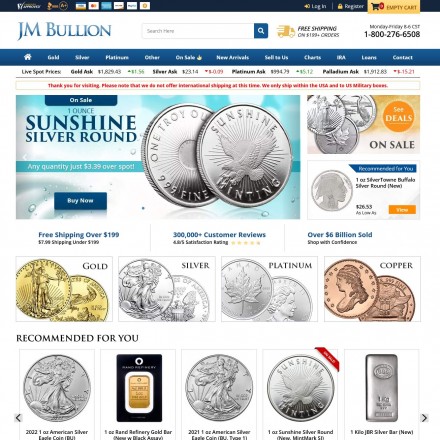
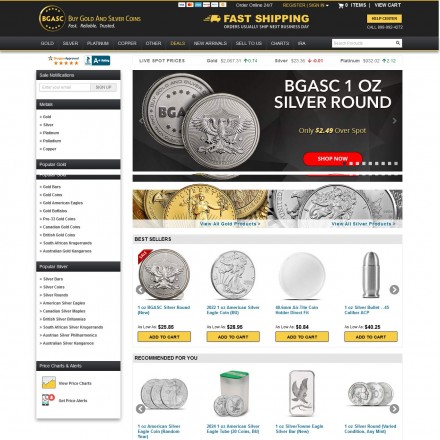
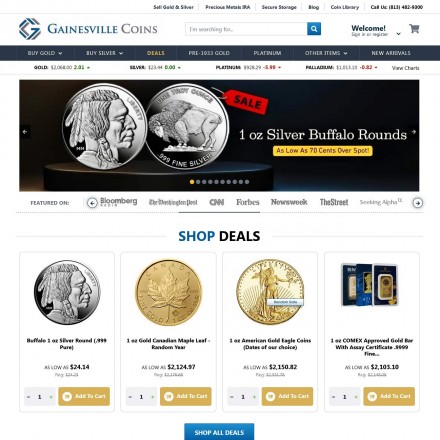

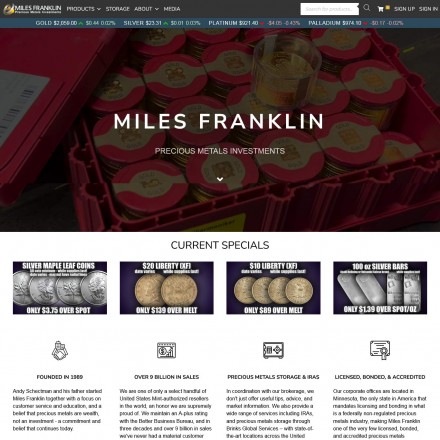
 Chards Coin and Bullion Dealer
Chards Coin and Bullion Dealer Solomon Global
Solomon Global JM Bullion
JM Bullion

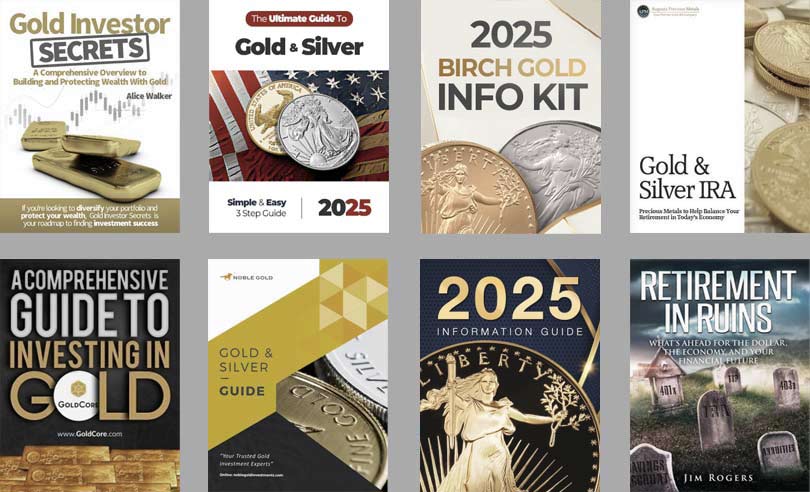

 Material provided on the Bullion.Directory website is strictly for informational purposes only. The content is developed from sources believed to be providing accurate information. No information on this website is intended as investment, tax or legal advice and must not be relied upon as such. Please consult legal or tax professionals for specific information regarding your individual situation. Precious metals carry risk and investors requiring advice should always consult a properly qualified advisor. Bullion.Directory, it's staff or affiliates do not accept any liability for loss, damages, or loss of profit resulting from readers investment decisions.
Material provided on the Bullion.Directory website is strictly for informational purposes only. The content is developed from sources believed to be providing accurate information. No information on this website is intended as investment, tax or legal advice and must not be relied upon as such. Please consult legal or tax professionals for specific information regarding your individual situation. Precious metals carry risk and investors requiring advice should always consult a properly qualified advisor. Bullion.Directory, it's staff or affiliates do not accept any liability for loss, damages, or loss of profit resulting from readers investment decisions.